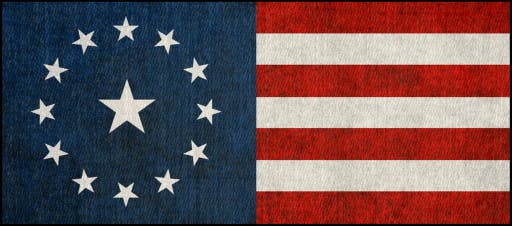"The Star-Spangled Banner," a patriotic ode to the resilience of the American spirit, has held a significant place in the nation's collective identity since its creation. Penned by Francis Scott Key during the War of 1812, it has become synonymous with American patriotism, resilience, and unity. However, its journey to becoming the official national anthem of the United States was not a straightforward one.
Francis Scott Key, a lawyer and amateur poet, wrote the lyrics to "The Star-Spangled Banner" in 1814 while witnessing the British bombardment of Fort McHenry in Baltimore Harbor during the War of 1812. Inspired by the sight of the American flag still flying after the night-long assault, Key penned the verses that would later become the anthem's enduring lyrics. The poem was set to the tune of "To Anacreon in Heaven," a popular British drinking song of the time.
Initially, "The Star-Spangled Banner" gained popularity as a patriotic song, but it was not immediately adopted as the national anthem. Throughout the 19th century, it competed with other patriotic tunes for prominence. Its first documented public performance as a song was in 1814, and it was published under the title "The Defense of Fort McHenry." However, it wasn't until the late 19th and early 20th centuries that it began to be associated more widely with national pride.
In 1889, the U.S. Navy adopted "The Star-Spangled Banner" for ceremonial purposes, further cementing its status as a symbol of American patriotism. Over the following decades, it gained increasing recognition and was performed at various national events, including Independence Day celebrations.
The push for "The Star-Spangled Banner" to become the official national anthem gained momentum during World War I, when it was sung at numerous patriotic rallies and events. In 1916, President Woodrow Wilson signed an executive order designating it as the national anthem of the United States for military use. However, it wasn't until over a decade later, on March 3, 1931, that Congress passed a resolution officially adopting it as the national anthem, and it was signed into law by President Herbert Hoover.
Francis Scott Key's lyrics, with their evocative imagery and stirring message of resilience and freedom, have since become ingrained in the American consciousness. The anthem's soaring melody and powerful lyrics continue to inspire generations of Americans, symbolizing the enduring spirit of the nation.
In conclusion, "The Star-Spangled Banner" emerged from humble beginnings to become the preeminent anthem of the United States. Written by Francis Scott Key during a pivotal moment in American history, its journey to national recognition was marked by a gradual process of adoption and recognition. Today, it stands as a timeless symbol of American patriotism and unity, reminding all Americans of the nation's enduring values and spirit.



